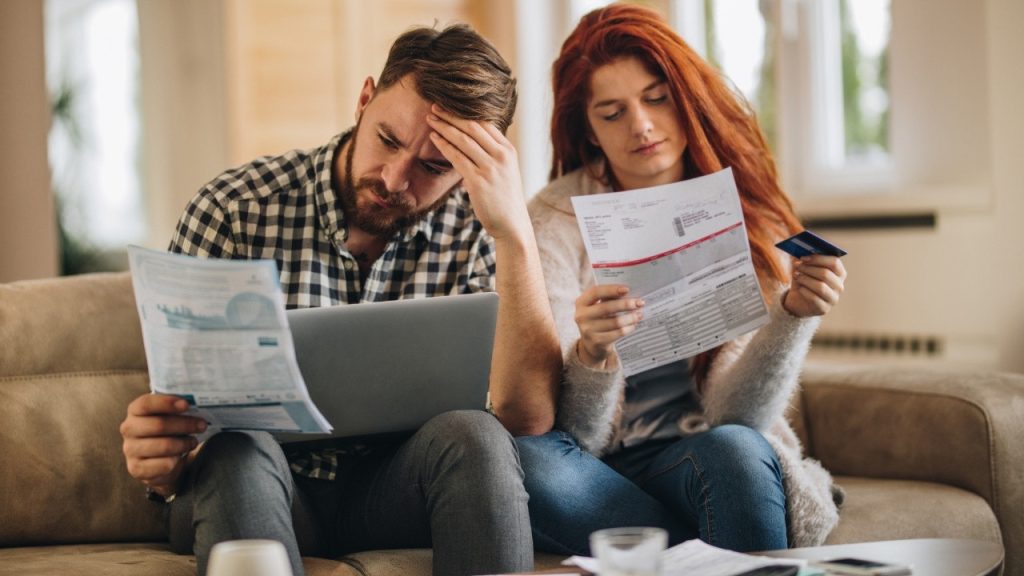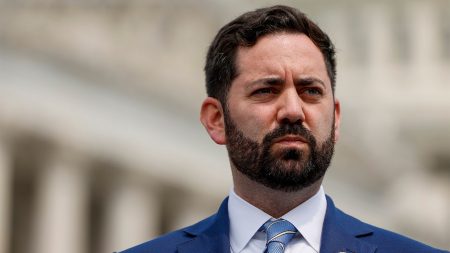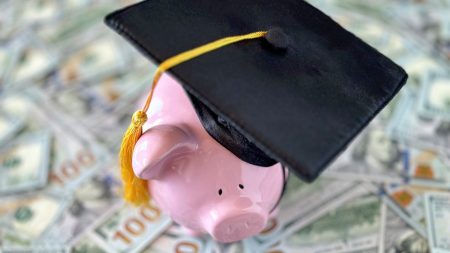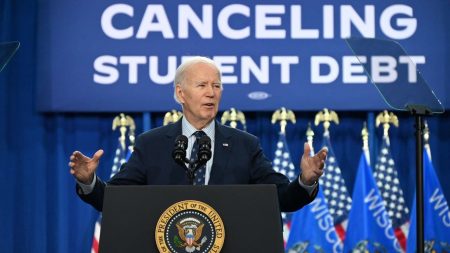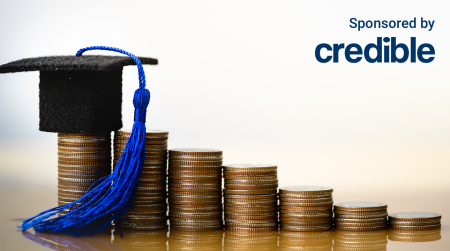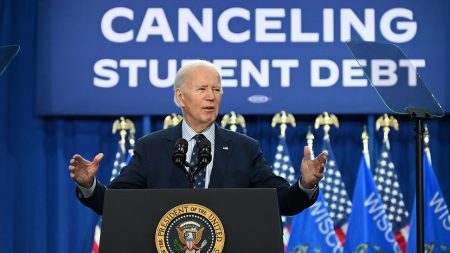Millions of Americans are struggling with mounting credit card debt, and these surging credit card balances increased by $61 billion in the fourth quarter of 2022 to $986 billion. These staggering figures are already higher than pre-pandemic levels of $927 billion, according to a report from the Federal Reserve Bank of New York.
As surging inflation and rising interest rates have a grip on the U.S. economy, Americans’ credit balances will likely continue to rise and be even more costly to pay off. According to Bankrate, the average credit card interest rate is 20.21%. The best way to combat these high interest rates is to create a plan to pay down credit card balances.
Here’s what two experts recommend:
See if you qualify for a 0% balance transfer credit card
One idea for consolidating and paying down debt is to apply for a balance transfer credit card with a 0% interest promotional period which sometimes lasts a year or more, says Sara Rathner, credit cards expert at NerdWallet. “This can save you hundreds of dollars on interest payments if you move a balance from a card charging interest to a card with the no-interest period, but there are some catches,” she says.
MORGAN STANLEY WARNS STOCK MARKET IS STILL ‘FAR FROM OUT OF THE WOODS’
Typically, you need good or excellent credit to qualify. Here’s how it works. Rathner says you’ll likely pay a fee of 3% to 5% of the transferred balance, and you can only transfer an amount up to the card’s credit limit, which might not make much of a dent if you have substantial credit card debt.
“And know that once the promotion is over, your interest rate will skyrocket back up. If you haven’t paid off the balance in full, you’ll start to owe interest on what’s left,” she cautions.
Consider a personal loan
If you have a strong credit score, you may also want to consider a low-rate personal loan as a form of debt consolidation, says Ted Rossman, senior industry analyst, at Bankrate.com and CreditCards.com.
“The rate won’t be 0%; these start as low as about 7% or 8%, but the term can be longer – perhaps up to five or even seven years,” Rossman tells FOX Business. “That can give you more time to spread out your cash flow and repay your debt at a much lower rate than the average credit card rate of about 20%.”
He says this could be a better option since minimum payments on a credit card can drag on for much longer – more than 17 years if you only make minimum payments toward the average credit card balance of $5,805, according to TransUnion, at the average interest rate of 20.11%.
Utilize a debt repayment method
Create a plan to pay down your credit card balances.
“Popular ones include debt avalanche, where you prioritize debt repayment from highest to lowest interest rate, and debt snowball, where you prioritize debt repayment from lowest to highest balance,” says Rathner with NerdWallet.
BANKING CRISIS THREATENS TO IGNITE CREDIT CRUNCH FOR US HOUSEHOLDS: WHAT TO KNOW
To that point, Rossman of Bankrate and Creditcards.com says paying the lowest balance accounts could be a confidence builder as you chip away at your debt obligations.
“I think the snowball method (starting with the lowest balances) has a lot of merit, even though it makes more sense mathematically to start with the highest interest rates. I think a lot of debt management is behavioral, and the quick wins of knocking out the smaller amounts first can build momentum and keep you motivated,” he adds.
But, he says, it’s personal preference, really.
“It’s important to figure out what motivates you. A hybrid option could make sense, too. Starting with the smallest amount or two and then shifting over to the highest interest rates after that, once you’ve gotten the ball rolling,” Rossman says.
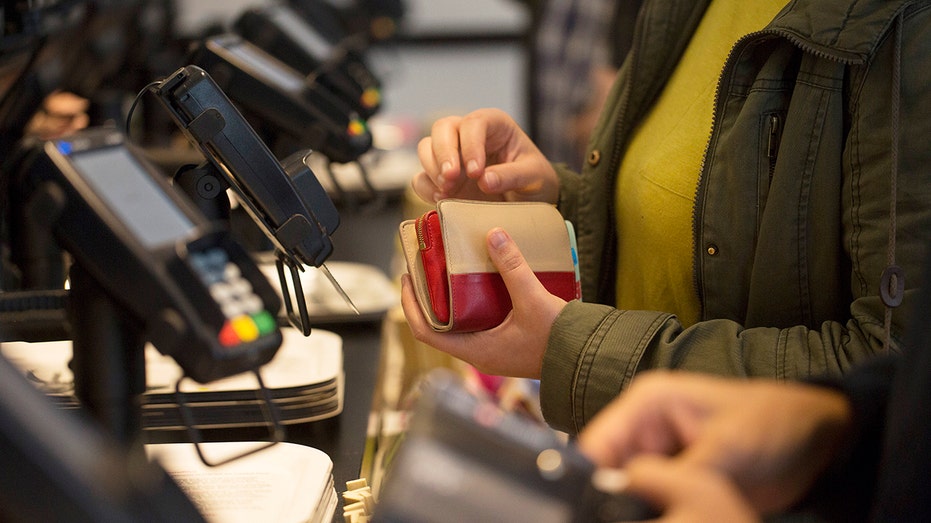
Can you ask your credit card issuer for more flexible payback terms?
Yes, you can call and ask, says Rathner.
“It won’t hurt you to do so, and they may be willing to work with you. The worst you can get is a no,” she explains.
How to pay more than you’re paying?
According to Rathner, anything you can do to make cuts in your budget and/or earn extra money will help free up more cash to put toward debt payments. “This can look like getting a side hustle, making some budget cuts, or refinancing loans and comparison shopping,” she says.
Read the full article here






